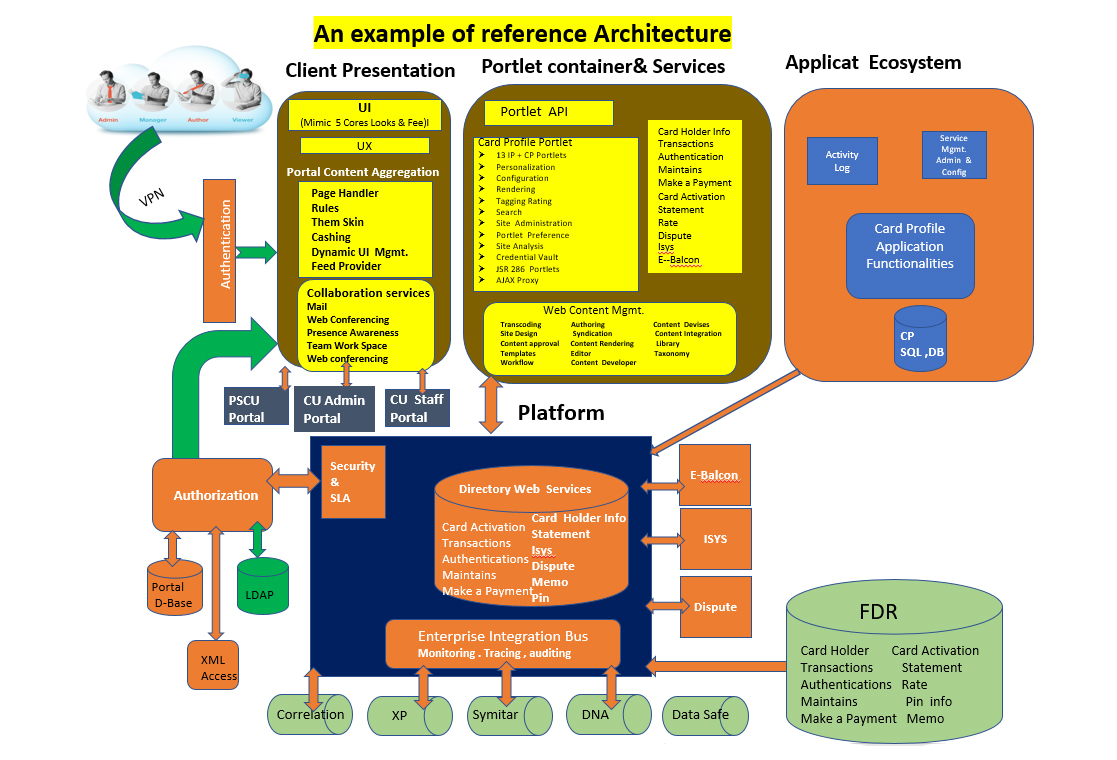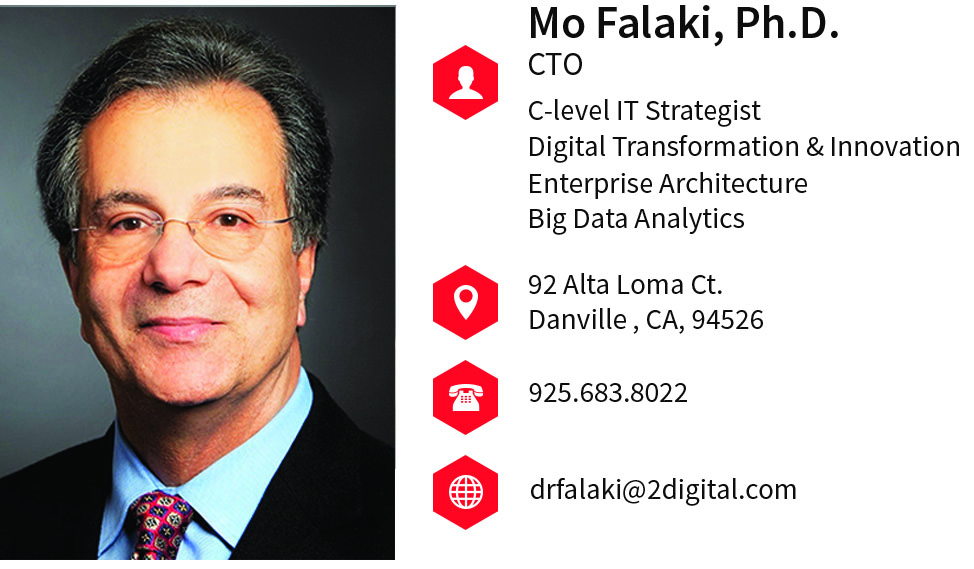What is Enterprise Architecture
What’s an “enterprise architecture “ definition:
An enterprise architecture (EA) is a conceptual blueprint that defines the structure and operation of an organization both logical & physical. The intent of an enterprise architecture is to determine how an organization can most effectively achieve its current and future objectives.
What EA can provide:
The goal of enterprise architecture are:
- Create a unified IT environment (standardized hardware and software systems) across the firm
- promote alignment, standardization, reuse of existing IT assets, and the sharing of common methods for project management and software development across the organization. The end result, theoretically, is that the enterprise architecture will make IT cheaper, more strategic, and more responsive.
Enterprise Architecture Solutions & Benefits
There are three major benefits of architecture, from the most tactical to the most strategic:
- Cost reduction and technology standardization
A cost-savings justification is the most tactical approach, and often brings significant return on investment (ROI). Within the larger strategy of cost savings, sub strategies focus on
- Process improvement
The second major area of justification is in business process improvement, looking inward within the business organization and the supporting applications space. Here, the stakeholders are business owners, typically divisions within the enterprise. In this model, sufficient, but contained, areas are re-architected to achieve process improvement. Examples are:
- Strategic differentiation
The third major justification strategy is based on strategic initiative, and would include
Enterprise Architectural Deliveries
Enterprise Architecture services can provide a series of architectural deliveries for a customer, such as:
- Recommendations for an alignment between the company strategy, business architecture and technology, strategy, architecture and roadmap
- Illustration of the complete view of end –to-end connections, integrations, interfaces,
- Provide the whole logical & physical views of the existing applications, frameworks, databases, networking, security and performance .
- Recommend standards, methodology, process and governance
- Training and implementation of SDLC, or Agile process and methodology
- Solutions and tools for system monitoring, control, auditing, tracing and point of integration performance
- Provide recommendations for modernization and rationalization of legacy application
- Provide recommendations to support for the new acquisition, transformation and integration
- Provide a guideline for a project manager to understand the clear division of labor and their roles, responsibilities and dependencies
- Provide a blueprint document to illustrate the components and their relations at the customers facing cross the channels, the nature of their interactions with company services and products
- Provide an illustration(s) of performance, availability, scalability, SLA and KPI
Our Success
25 years IT executive leadership experience in the following industries:
- Banking and Financial companies transition, modernization, strategy, architecture, delivery, cloud computing, analytics and big data
- Insurance, transition to the e-commerce, digital transformation for the Omni channels, Call Center, ATM and Branches
- Health Care modernization, rationalization and cost cutting, automation, standards, process and governance
- Telecommunication transitioning to innovation and implementation of Cloud computing, vitalization and automation
- Technology driven companies, leading transitioning to the cloud computing, provisioning and automation
- Security, bio metrics security, IAM, Smart Card, physical and logical devices
- E-Commerce, digitalization’s, and content management
Accomplished senior executive technology leader with a Ph.D. and 25 years of broad-deep based technology experience (CIO/CTO/SVP/VP/Director) at banking (Bank of America, JP Morgan Chase, Wells Fargo & Credit Unions) Insurance (Nationwide Insurance), health care (Kaiser), Telecommunication (Cisco Systems ) and AT&T.
Together We Thrive
Together with our partners and alliances, we catalyze and scale holistic innovative business transformations, create partnerships that span sectors, and take risks others cannot to help improve communities and the global environment.






